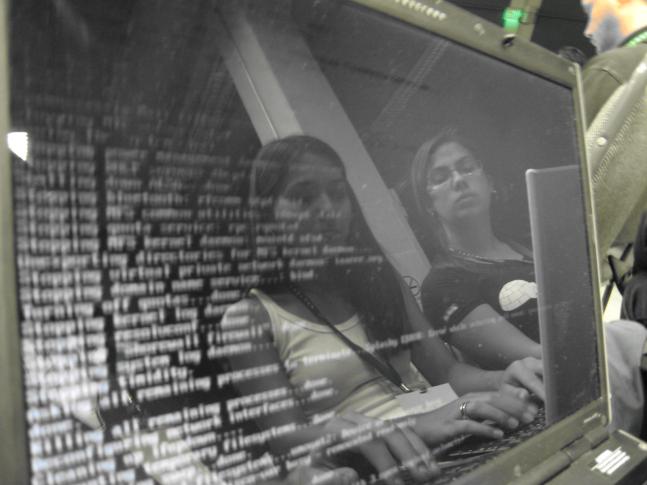
Open source communities seem to be the ideal environment where diversity and inclusion make it possible to create software and hardware in a collaborative manner. However “in reality, open source communities tend to be less diverse than the overall tech industry“. The traditional industry, dominated by “Tech Giants”, has added diversity and inclusion to their business models in order to attract and retain diverse talent, strengthen their policies, and influence corporate culture, all in order to increase revenue and drive innovation. How come that open source projects which are created collaboratively, have their code and documentation publicly available for everybody to access, change and use, are still not regarded as diverse, and in some cases even excluding?
When we talk about diversity the focus is on various elements that compose people’s identities, for example race, ethnicity, gender, gender identity and expression, disability, sexual orientation, national origin and language, tribe, caste, socio-economic status, and others. These elements point out our similarities and differences and originate in identity politics that is also regarded as a basis for exclusionary and hierarchical approaches. Although inclusion which is built on these approaches has a goal to make sure all voices are heard and our environments are safe for people to be who they are, it can still be seen as hierarchical.
In order to change perspective and focus we will use intersectionality as an analytic tool which will help us understand and analyze complexity of open source projects. Intersectionality as a framework gives visibility and questions powers and privileges that emerge as a result of gender, sexuality, race, ethnicity, nation, ability, age, class, and other social and cultural hierarchies. “Intersectionality investigates how intersecting power relations influence social relations across diverse societies as well as individual experiences in everyday life. [ ...] Intersectionality is a way of understanding and explaining complexity in the world, in people and in human experiences.”
The purpose of this guide is to sparkle conversations within the open source community and open source project teams. It does not offer a list of actions that will make an open source project all of a sudden diverse and inclusive, but it will guide you to think about various aspects of diversity and inclusion in open source communities. It gives you an opportunity to rethink how things could be done differently.
Open source projects are not only about the code: equally or even more important is how projects are created and managed, how people contributing to the project and the users are treated, who feels welcome to participate and who might be harmed by the technologies that we help create.
This guide takes into account transfeminist theories, Feminist Principles of the Internet, Feminist Practices and Politics of Technology, Gender Evaluation Methodology (GEM) and observed practices in open source projects. It includes feminist values, acknowledges privilege, challenges norms, values and power structures while asking “Who is creating the service/platform/protocol/technology and who benefits from it?”
Building a diverse, just and inclusive open source community requires time, introspection, empathy, a desire to learn and willingness to change - ourselves, communities and the processes we are part of.
This guide was written by Maja Kraljic, with feedback from the grantees and peers within NLNet Foundation and staff at Association for Progressive Communications. This guide is made possible by a contribution from NLNet Foundation and is a resource for NGI Zero Privacy & Trust Enhancing Technologies (PET) and Discovery open source projects.
Image by Marcelo Jorge Vieira used under Creative Commons license.